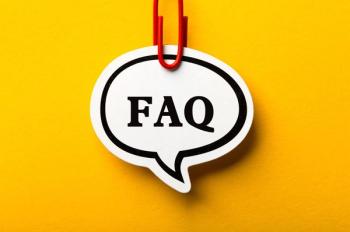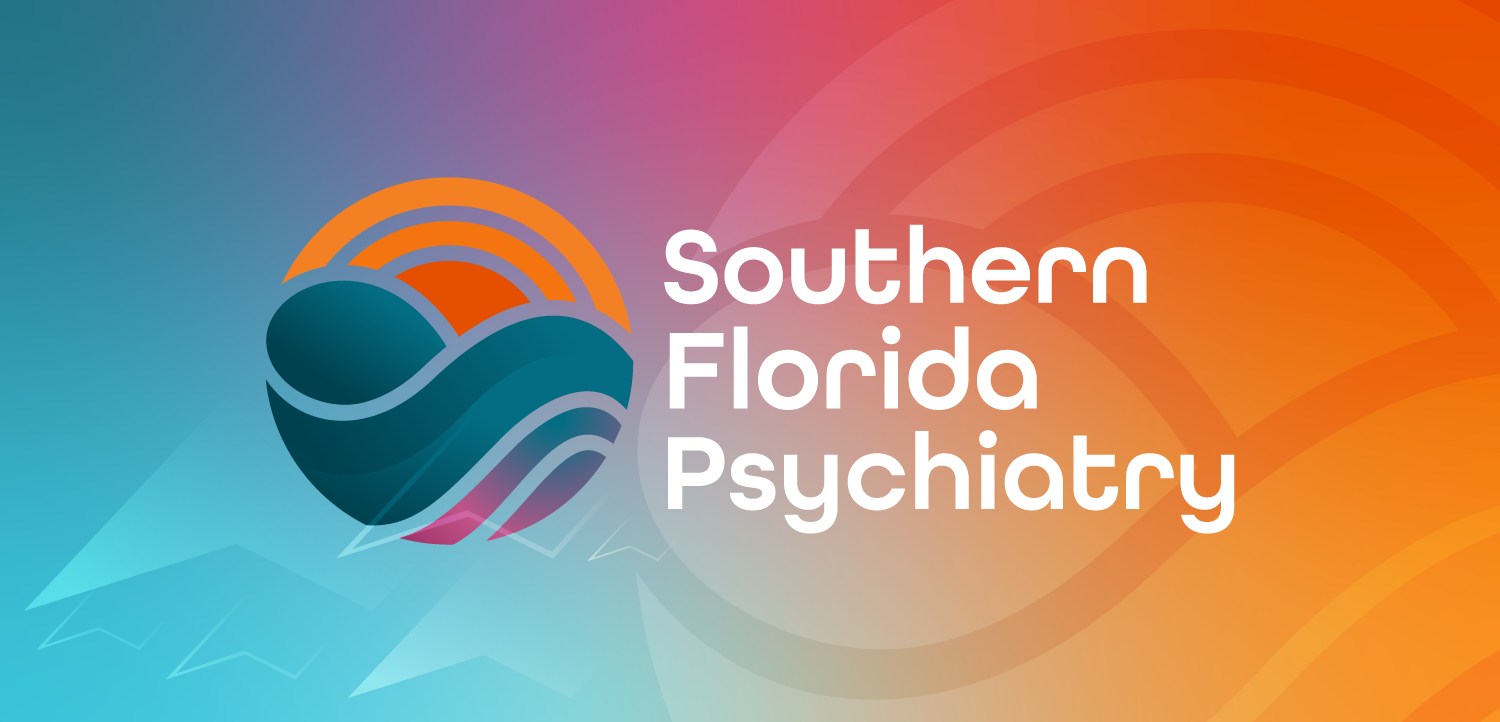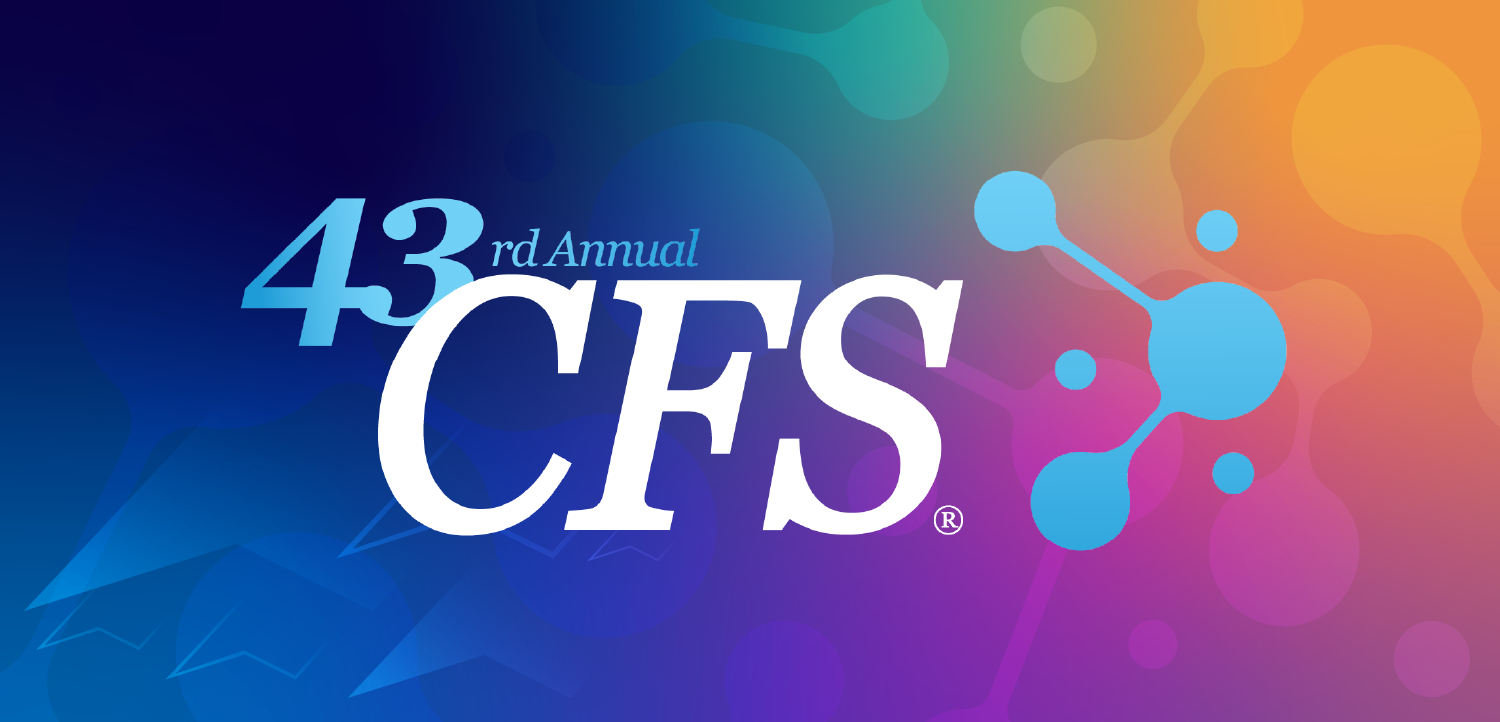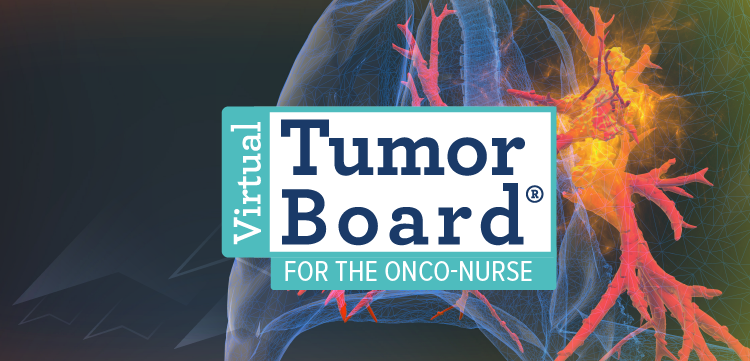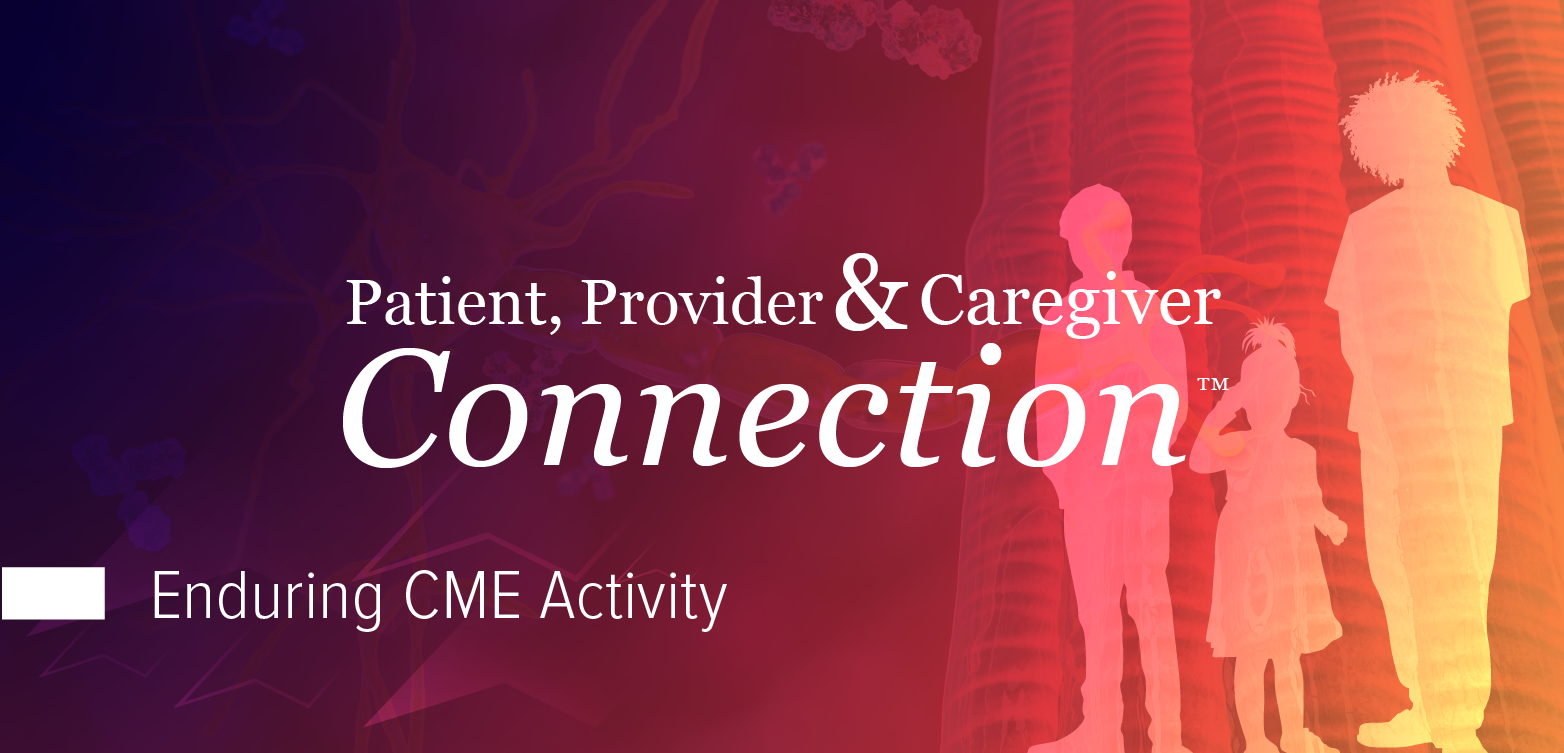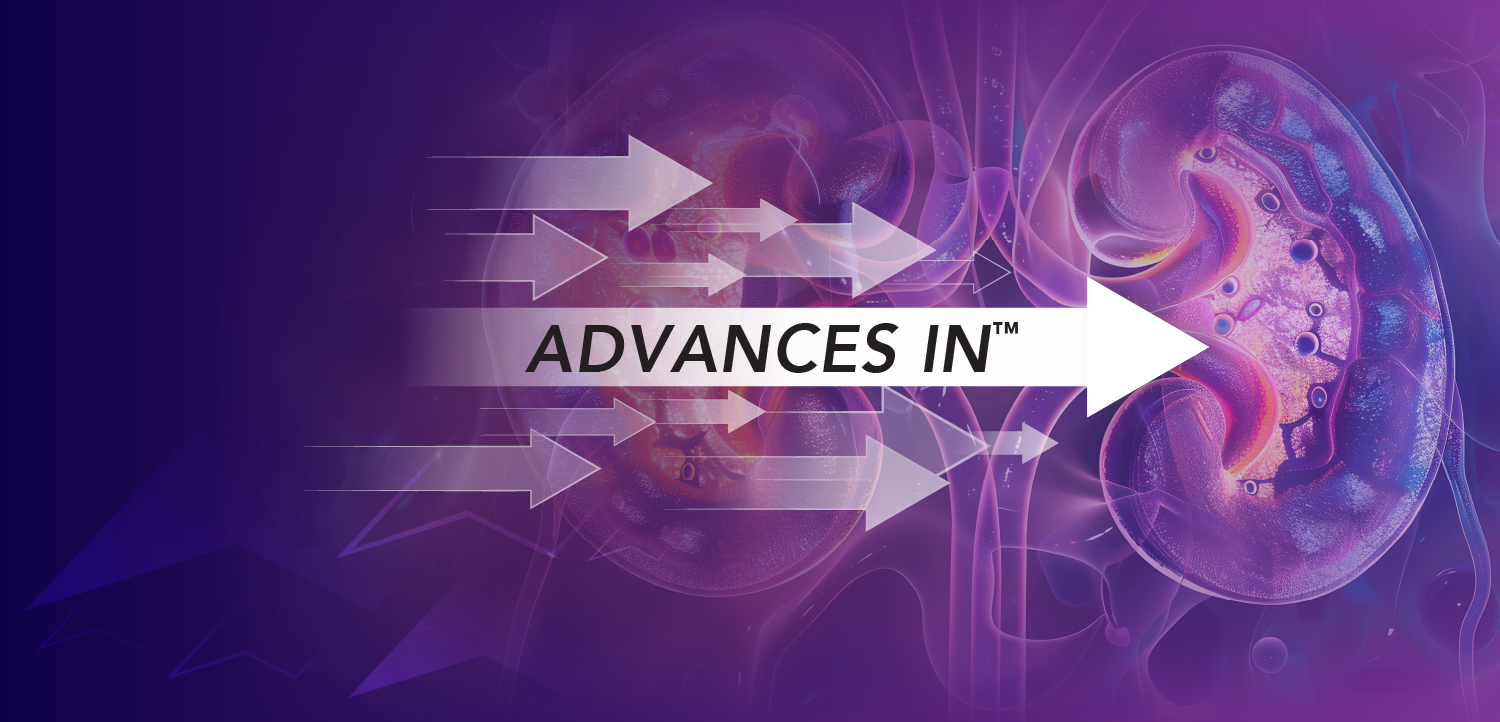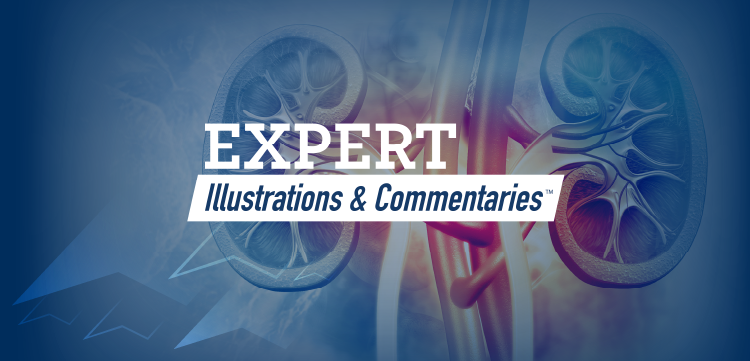
Validation Study of SANSA Home Sleep Apnea Test Published in Frontiers in Neurology, Huxley Medical Announces
Huxley Medical's SANSA home sleep apnea test matched traditional PSG in accuracy and significantly simplifies OSA assessment and diagnosis for patients and HCPs.
Huxley Medical announced1 that clinical validation results for its SANSA home sleep apnea (OSA) test have been published in the journal Frontiers in Neurology. The multicenter study of 340 participants demonstrated performance of the wireless chest-worn patch comparable to in-laboratory polysomnography (PSG). SANSA achieved 88% sensitivity and 87% specificity for detecting moderate-to-severe OSA using Rule 1B criteria.2
"This publication represents an important milestone in the clinical validation of SANSA," Cathy Goldstein, MD, principal investigator on the study, professor of Neurology at the University of Michigan Sleep Disorders Center, said in a Huxley Medical statement.1 "As [clinicians] seek more efficient and scalable ways to diagnose sleep apnea, these findings reinforce that SANSA can deliver reliable, high-quality data without the complexity of traditional home sleep apnea testing devices,"1 added Goldstein, who is also former chair of the American Academy of Sleep Medicine's Artificial Intelligence in Sleep Medicine Committee.
SANSA was initially cleared by the FDA in 2024 and cleared again in February to begin using cellular data upload capabilities, according to the company.3
Goldstein led the prospective validation across 7 American Academy of Sleep Medicine-accredited clinical sites. The team designed the study to address common pitfalls in sleep technology evaluations by employing both Rule 1A and Rule 1B scoring criteria for hypopneas and reporting results across standard apnea-hypopnea index (AHI) thresholds of 5 or more, 15 or more, and 30 or more events per hour, according to the published study.2
SANSA demonstrated strong correlation (R) with consensus PSG for AHI measurement using both Rule 1A (R = 0.90) and Rule 1B (R = 0.91). For the primary endpoint of moderate-to-severe OSA detection using Rule 1B,the SANSA sensitivity of 88% (95% CI, 81, 93%) and specificity of 87% (95% CI, 82, 91%), were consistent with participating site PSG scores of 89% sensitivity and 93% specificity. The device maintained high sensitivity across all OSA severity categories, though specificity decreased at lower AHI cutoffs, consistent with other home sleep testing devices, authors observed.2
Total sleep time correlation between SANSA and PSG reached R = 0.82, with sleep epoch classification accuracy of 87.2%. The device demonstrated 95.0% sensitivity and 62.7% specificity for detecting sleep epochs, performance levels consistent with other home sleep apnea tests and actigraphy devices.2
Study participants had suspected OSA based on typical symptoms including excessive daytime sleepiness, habitual loud snoring, witnessed apneas, or gasping during sleep. Goldstein and colleagues point to the diversity of the final study population as evidence for generalizability of the findings. The cohort comprised 46.8% men who were predominantly middle-aged (mean age 55.4 years) and overweight (mean BMI 33.5 kg/m2).2 Approximately two-thirds (67.9%) self-identified as White and 27.4% as Black, with all Fitzpatrick skin tone categories represented, according to the study. Medical histories reflected typical OSA populations, with higher prevalence of hypertension (34.1%), asthma (17.4%), and diabetes (15.9%).2
Each participant underwent simultaneous overnight recording with both SANSA and PSG in sleep laboratories. Three independent registered polysomnographic technologists from a core scoring laboratory manually scored each PSG study to establish robust ground truth consensus scores, while SANSA data underwent processing using only automated algorithms without technologist review.2
Beyond respiratory monitoring, SANSA incorporates embedded electrocardiography for a multidiagnostic capability that can address the strong relationship between OSA and common cardiovascular comorbidities, eg, atrial fibrillation and heart failure (HF), the authors stressed.2 Evidence indicates that OSA increases atrial fibrillation risk as much as 4-fold and is a contributing factor to progression of HF.4,5
Among the study's limitations Goldstein et al note that it was conducted entirely within laboratory settings during single nights, which may not reflect real-world home use performance. In-lab testing can reduce sleep efficiency due to first-night effects, they pointed out, and enrollment faced logistical constraints based on coordinator and device availability.2
"SANSA provided acceptable diagnostic performance across all common OSA severity criteria," authors wrote in the study discussion, "which is essential to maintain flexibility in current clinical practice given differences between payor criteria and treatment protocols at varying severities."2 They also emphasized the many benefits of the single point of contact on the chest that simplifies application and patient training, "removing the need for multiple belts, wires, tubing, fingernail clipping, and nail polish removal." The design, which is Holter monitor-like, "is also familiar to referring cardiologists and primary care physicians, which could encourage interdisciplinary collaborations to identify undiagnosed OSA."2
References
1. Peer reviewed study validates accuracy of SANSA home sleep apnea test. News release. Huxley Medical, Inc. June 17, 2025. Accessed June 18, 2025. https://prnmedia.prnewswire.com/news-releases/peer-reviewed-study-validates-accuracy-of-sansa-home-sleep-apnea-test-302484213.html
2. Goldstein C, Ghanbari H, Sharma S, et al. Polysomnography validation of SANSA to detect obstructive sleep apnea. Front Neurol. Published online June 16, 2025. doi:10.3389/fneur.2025.1592690
3. Huxley Medical announces FDA clearance for cellular-enabled SANSA home sleep apnea test. News release. Huxley Medical, Inc. February 5, 2025. Accessed June 18, 2025. https://www.prnewswire.com/news-releases/huxley-medical-announces-fda-clearance-for-cellular-enabled-sansa-home-sleep-apnea-test-302368845.html
4. Loring Z, Shrader P, Allen LA, Blanco R, Chan PS, Ezekowitz MD, et al. Guideline directed therapies for comorbidities and clinical outcomes among individuals with atrial fibrillation. Am Heart J. 2020;219:21–30. doi: 10.1016/j.ahj.2019.10.008
5. Marulanda-Londoño E, Chaturvedi S. The interplay between obstructive sleep apnea and atrial fibrillation. Front Neurol. 2017;8:668. doi: 10.3389/fneur.2017.00668
Newsletter
Enhance your clinical practice with the Patient Care newsletter, offering the latest evidence-based guidelines, diagnostic insights, and treatment strategies for primary care physicians.

